The early Chalukyas of Badami (c. 6th-8th centuries) are known to have built a large number of rock-cut and structural temples, scattered over the entire Karnataka. In this south Indian state, their distinctive monuments can be seen in Aihole, Badami, Pattadakal, Mahakuta, and a few other places. By the end of the 6th century, they had also excavated highly impressive rock-cut temples at Badami and Aihole. These Early Chalukyan monuments are of special interest — for they mark a transition from cutting into rock to free-standing constriction. They are distinctive for their architectural styles as well. In these religious monuments can also be perceived an intermingling of Dravida and Nagara idioms to produce schemes that combine myriad attributes, derived from different traditions. This splendid technical and stylistic variety is further supplemented by local architectural practices, which come to be blended with the more widespread Dravida and Nagara idioms. Apart from all this, these Early Chalukyan temples are remarkable for the sheer beauty of their figural and decorative carvings.
For the first time, perhaps, this book offers a comprehensive study of the Early Chalukya temples from the Central Karnataka region. With prefatory chapters on their historical backdrop, architectural nuances and sculptural art, George Michell meticulously examines both the rock-cut and free-standing temples of Badami, Mahakuta, Aihole, and Pattadakal – together with over a hundred of his measured drawings which, taken from his Ph.D dissertation, present an exhaustive graphic documentation, never attempted before. In addition, the book includes about 200 at-once-engaging photographs, taken by Surendra Kumar – a specialist in panoramic topographic views.

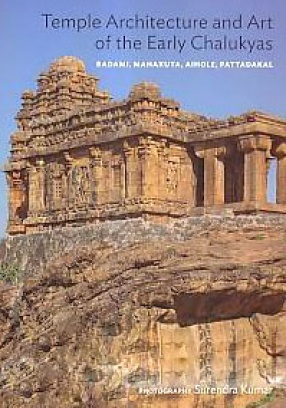
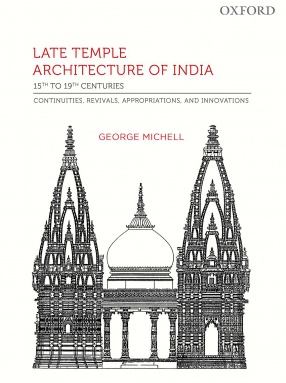
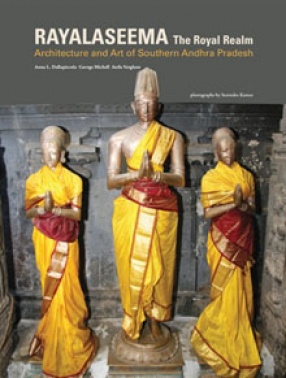
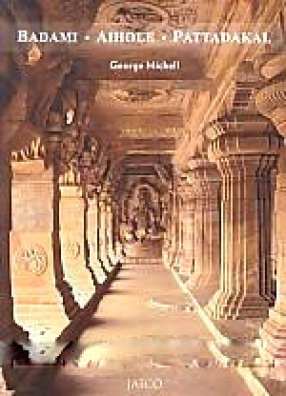




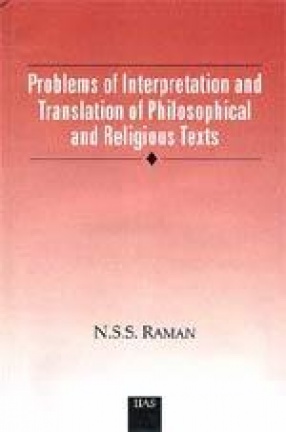
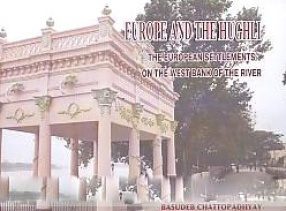
There are no reviews yet.